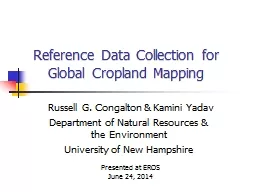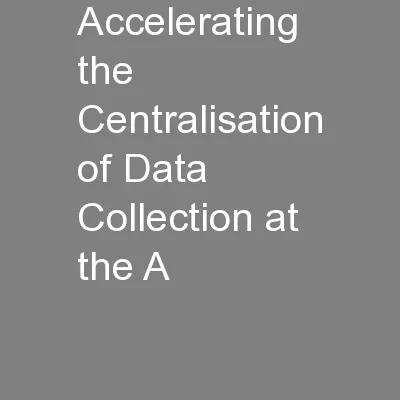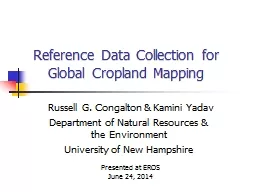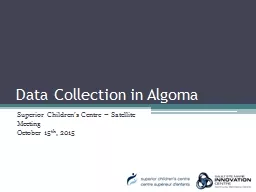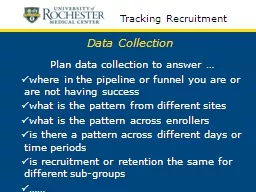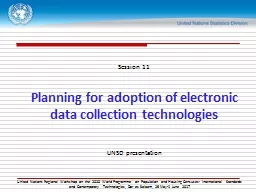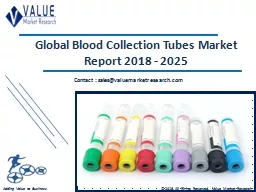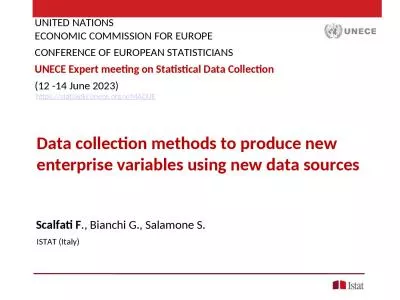PPT-Reference Data Collection for
Author : natalia-silvester | Published Date : 2019-12-29
Reference Data Collection for Global Cropland Mapping Russell G Congalton amp Kamini Yadav Department of Natural Resources amp the Environment University of New
Presentation Embed Code
Download Presentation
Download Presentation The PPT/PDF document "Reference Data Collection for" is the property of its rightful owner. Permission is granted to download and print the materials on this website for personal, non-commercial use only, and to display it on your personal computer provided you do not modify the materials and that you retain all copyright notices contained in the materials. By downloading content from our website, you accept the terms of this agreement.
Reference Data Collection for: Transcript
Download Rules Of Document
"Reference Data Collection for"The content belongs to its owner. You may download and print it for personal use, without modification, and keep all copyright notices. By downloading, you agree to these terms.
Related Documents

